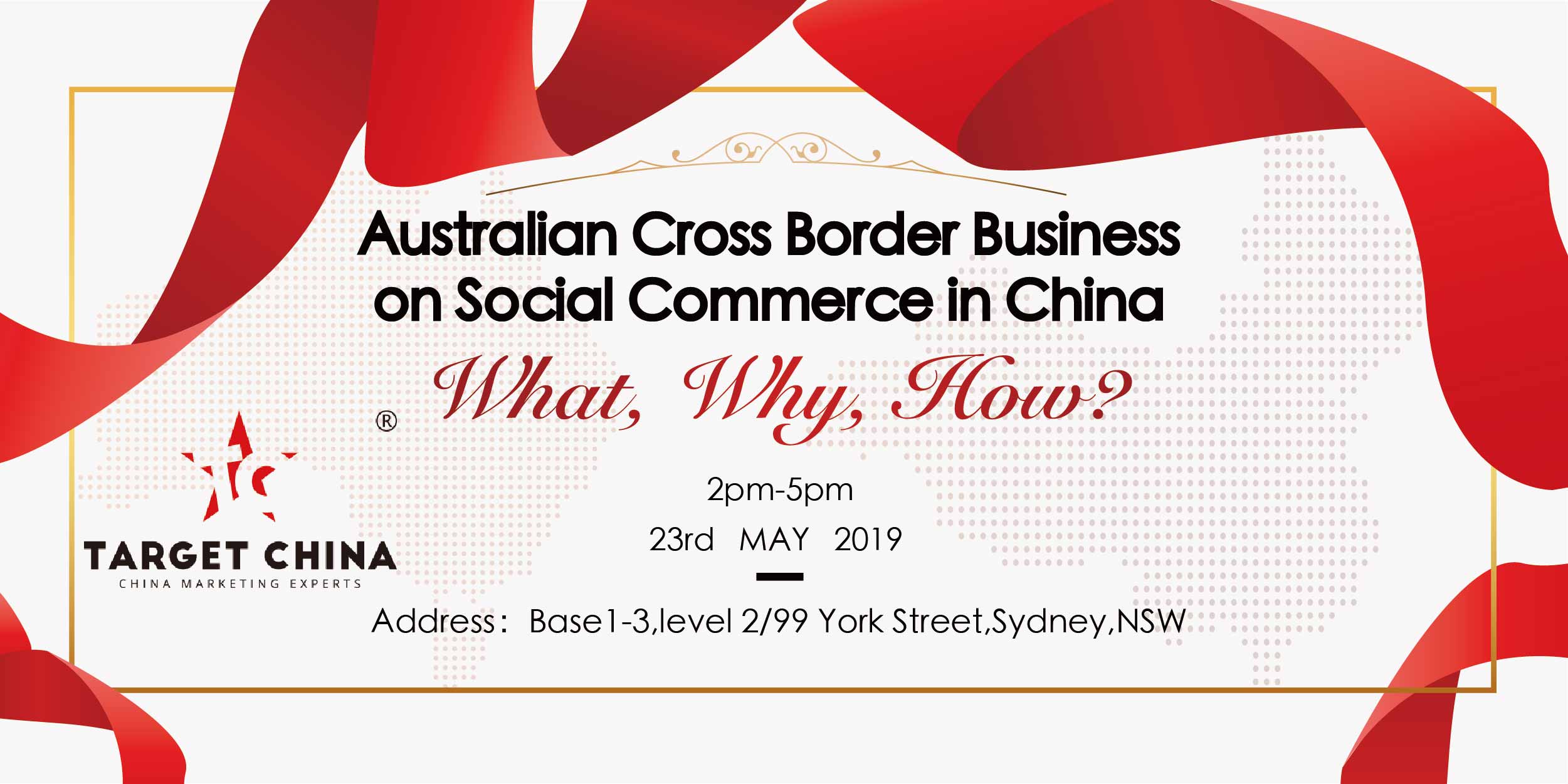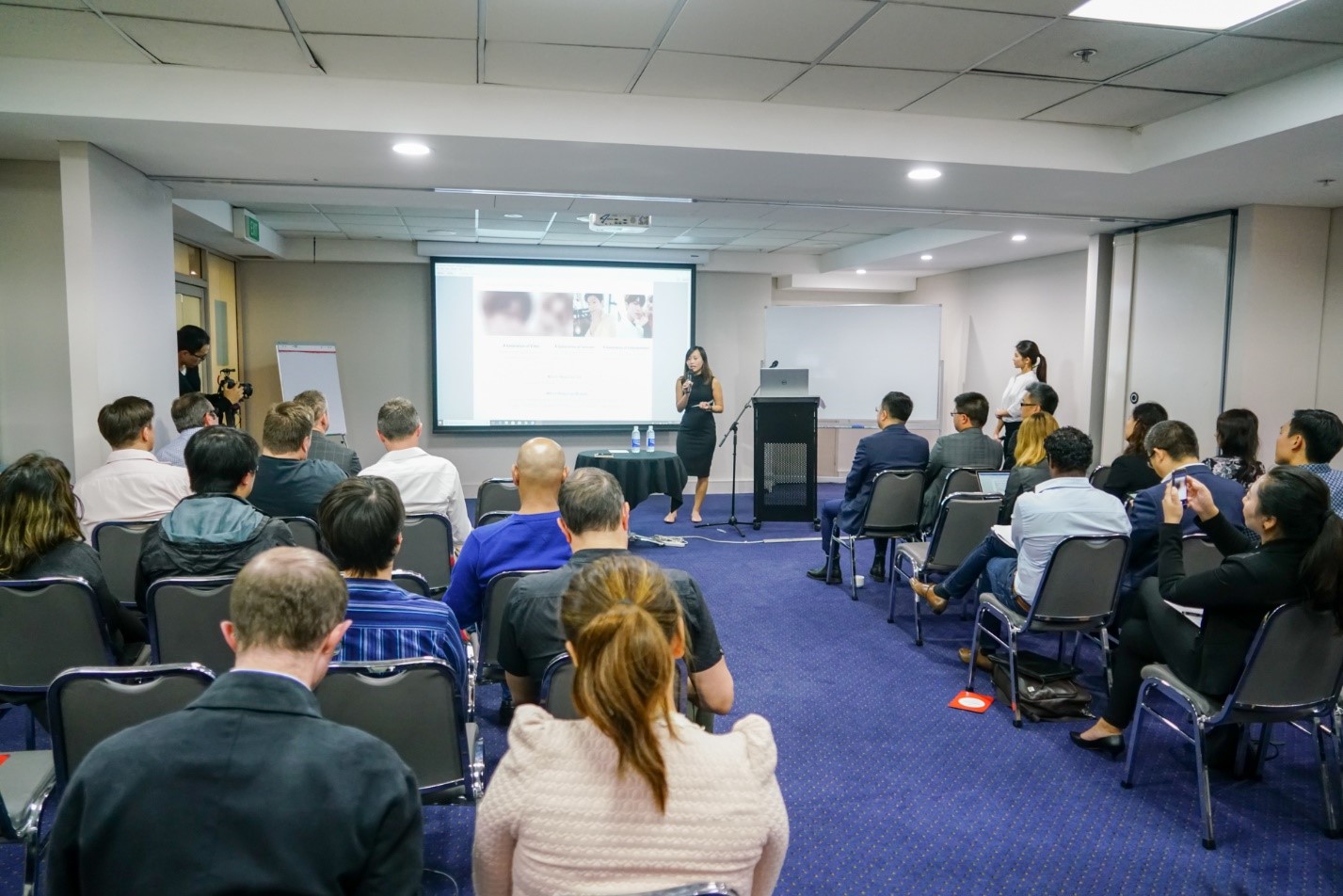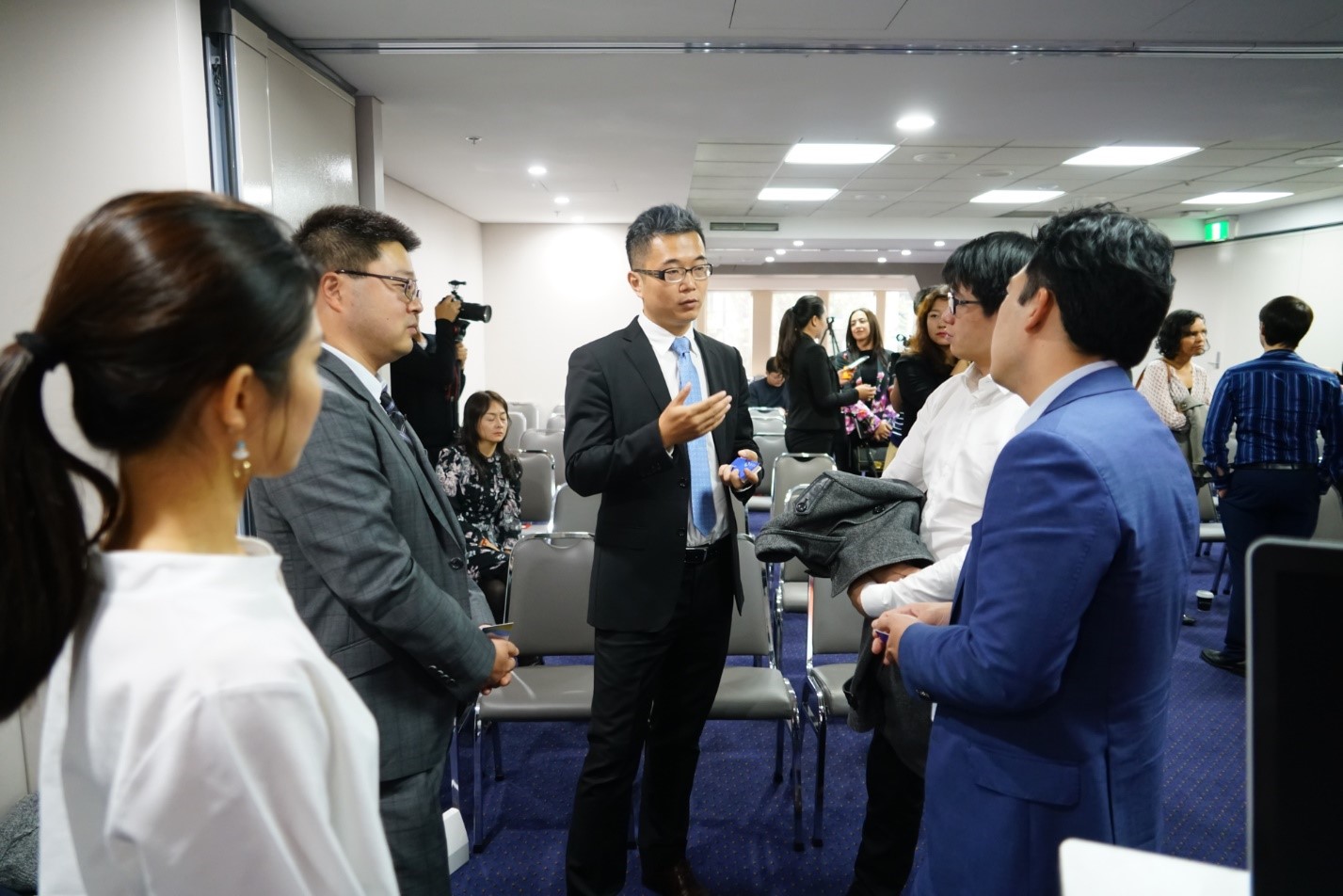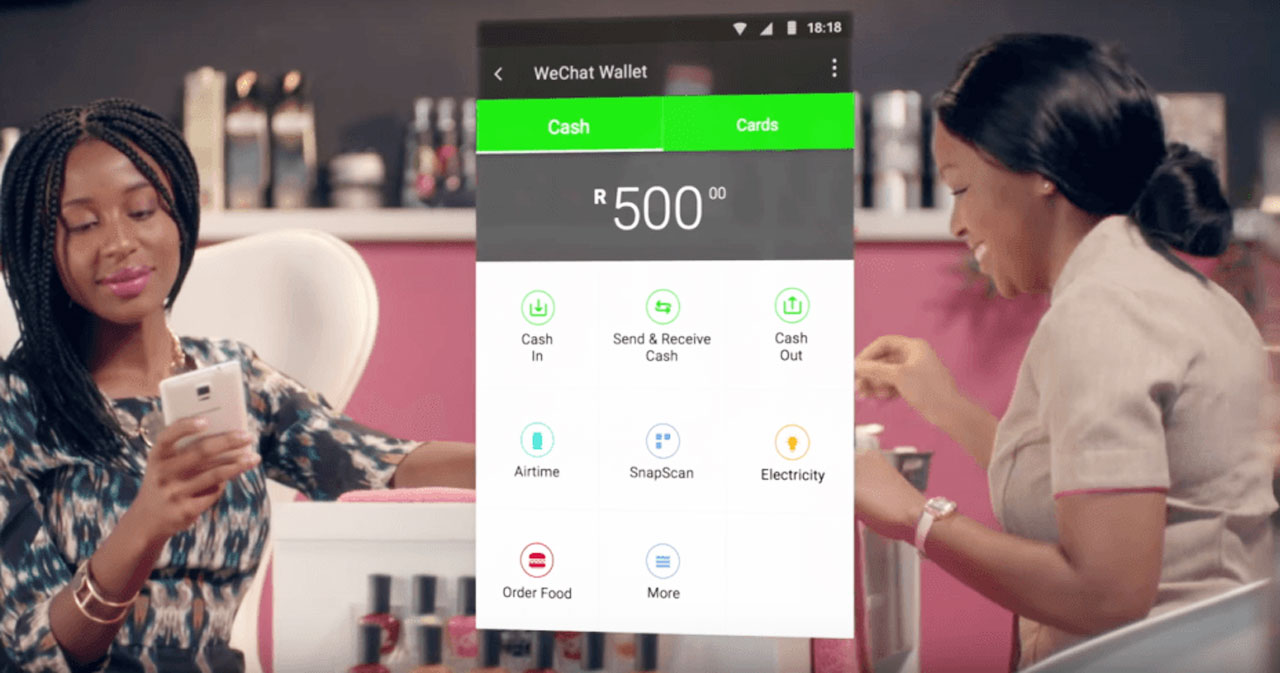1.O2O become the mainstream of e-business in China
O2O(online to offline) service are continuously innovating new ideas leading to great rapid growth in consumers. Not only the traditional retail brands but also innovative businesses are focusing on O2O services and transferring the consumer’s interest into a continuous development for businesses.
From 2015, O2O has become a popular wording. It is defined as the immediate change of demand meeting needs of customers as a business model from online to offline. It has rapidly increased its development in all main cities of China. Whether it’s retail delivery or other delivery to door services, consumers will only be required to order through the app with no further inconvenience.
At the same time, along with the intense competition of O2O’s market in China, further different services of the same kind providing consumers with similar choice and experience rapidly increases. An example is the App “Good Chief”, this app provides the consumers with the opportunity of choosing dishes and meals from a certain tradition of city and may even require certain chief to proceed cooking in consumers’ residential area.
Throughout the study and research, a high number of consumers in China obtains an extreme interest in services delivered to their door. Nearly half(46%) of the population in China orders and purchase through the internet for services to their door such as residential cleaning, massage and clothe washing etc. 78% of the population that experienced this service will choose to spend and purchase again.
On the other hand side, different area of China may also affect on this services by obtaining different ways of lifestyle and living. An example is that comparing to other areas, the consumers of the Eastern Region of China (72%) has a lesser chance of cooking at home due to busy life styles. A higher population of 40% of young men aged from 20-29 pursues a customised also personalised products and services.
O2O raises the interest of consumers by new cross category innovations. It has been widely used by all population from its establishment phase but has not yet reached a large number of populations in the less developed city and rural areas.
2. Consumers pursue “immediate sense of experience”
Consumers in nowadays desire to personally experience the world. New video live stream technique provides us with an immediate notice also more understanding of new and interesting things of life.
In many forms of online media, videos are very influential storytelling way with clear information, vivid image and as a result pleasants the audience. Especially in nowadays, the new live streaming video providing all people with the opportunity to become producers also players and they have actually produced their personal media content. As Chinese online user populations are very keen and enthusiastic on social networks, therefore, online live streaming video certainly meets the need of consumers for network interactions.
The occur of ‘Barrage” is a form of interaction signal by consumers with the willing of involving into the media. China’s electricity business “Polo honey” made a use of this immediate interaction and made a combination with live streaming as well as online purchasing. Live streaming has become a normal status within daily life. Home use machines have also made a huge hit lately such as the product named “Fish at home”. Through this product, consumers may use the smartphone to control and connect to this device, this service has the ability to automatically record also provide the consumer with the view of things happening in their house.
Chinese consumers are beginning to develop the habit and preference of watching online video. This lead to them having the will of paying amounts for high quality and non-advertising videos. According to the survey, online videos in China is the most popular form across media. Up to 83% of Internet users on computer watches videos and 73% of people watch video on tablets. It is found that 38% of Chinese consumers have watched paid online video, 31% of people are interested in experience and try which shows that un-free videos in China surely obtains a great market potential.
Looking to the future, the possibility of live stream video’s content may open a new sensory experience and entertainment world for consumers as it is an effective marketing path to support the brand to stand out in competitive markets. As video quality develops, recording technology will also be more advanced and live streaming will be more interactive, immersive and universal. For example, camera technology and platform capacity will surely be improved, 360-degree live videos are expected to become a strong marketing tool for the company. At the same time, mobile phone applications of live technology will become more suitable for more mobile devices, therefore, consumers can either be the audience or the creator of the video.
3. Women’s consumption economy will become more prosperous
Women in China looks forward to independence and freedom towards life and finance, it is creating a “Her Era” market.
In product development and advertisements that are focusing on women, marketers are increasingly to concern about women’s preferences and needs. Not only for traditional businesses, industries are now all female-based under beauty and fashions. More other industries are also making the use of Chinese women strong influence therefore then process the marketing from the perspective of women. There are many services in the market that meet the specific needs of women. For example, China’s popular “Fast Taxi” launched a security car service for females travelling at night. Even the mobile application “exquisite salon” as a virtual community, specifically serves women of the approximate age of 20-30.
Modern Chinese women taking control of family financial gradually became stronger. The study found that 58% of Chinese mothers informs that they had full control over family finances. In consumer habits, women are more willing to accept a new product or service as well as experiences. However, men are more likely to insist on their familiar things. In fact, 66% of unmarried men in China are now having the perspective of “not married meaning life is not perfect” but only 52% of unmarried women agrees, while 48% of single women eager to travel to unknown places.
Customised products and services for female consumers will continue to be positively welcomed in China. At the same time, the market is also expected to develop more services that are not only targeting women. In 2016, we will see brands continue to maintain its opportunities targeting at female consumers. Female consumers will be following their own preferences and rapidly increase its spending ability. This is not only referring to the brands providing products and services meeting the needs of only female consumers, but brands also demonstrated their deeper understanding of women, appreciation and support which then may lead to female consumer’s further increase in “consumption ability”.
4. Chinese consumers began to take the initiative to pursue health
Chinese consumers are beginning to take a more proactive approach to health.
Consumers in major Chinese cities are starting to choose food more cautiously and their increase in concerns related to healthy lifestyles are taking place. Healthy eating restaurant expands the supply of food types while unconcentrated healthy fruit juices (NFC) as well as detoxification juices are constantly gaining in popularity focusing on the health of Chinese consumers. Technology has also played an important role in the formation of China’s attention to health trends such as innovations in mobile fitness applications, wearable smart devices etc. will bring physical and healthy life to a new level.
Chinese consumers have shown great interest in using smart technologies to manage their own health and weight. Studies have shown that 30% of consumers uses mobile phones to monitor their amount of fitness movement also activities and 74% mentions their interest in using wearable equipment to manage their health in the future. At the same time, the proportion of people claiming that their body is in a sub-health state rose from 75% in 2012 to 86% in 2015. The study also found that 64% of consumers believe that regular exercise has become the most important way of healthy living which is higher than the 51% of the population who agreed on this fact in 2014.
In 2016 and beyond, the enthusiasm of Chinese consumers for diet and exercise will continue to promote healthy food and health technology updates to meet a higher quality of healthy lifestyle. With the rapid growth of child obesity, brands also need to innovate resolutions to solve the issue of the smallest generation in China. With the arrival of health monitoring technology, collecting raw materials from nutrient food and beverage became much more convenience. Brands will have the opportunity to develop activities and innovation of products in order to help consumers to balance physical and mental health.


















